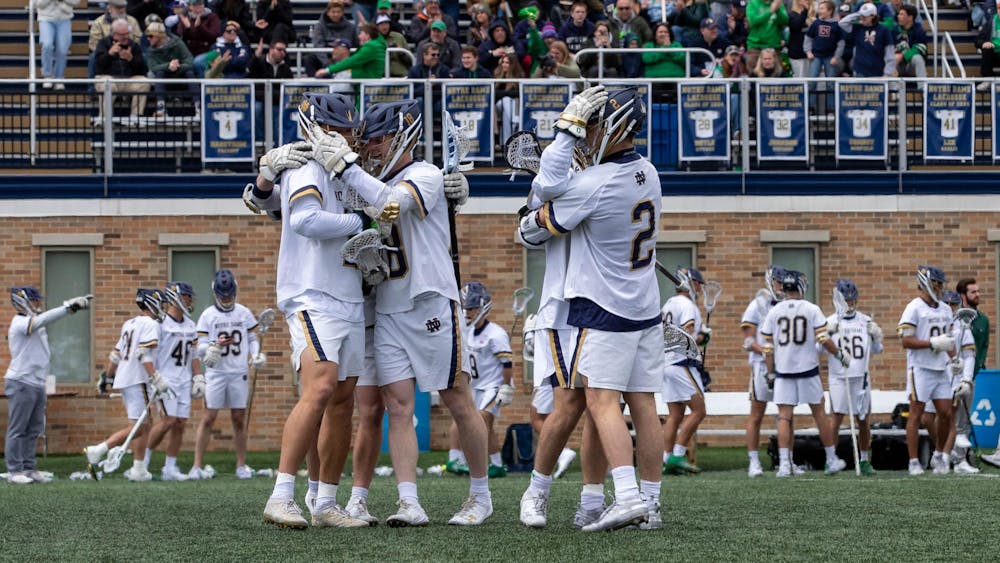It turns out that even in the middle of February, Saturdays and Sundays still belong to football.
This weekend, the Alliance of American Football (AAF) debuted — a brand new football league which aired games on CBS this Saturday and Sunday. Co-founded by Charlie Ebersol and Bill Polian — the latter of whom worked as an NFL executive for decades — the AAF is an eight-team league whose franchises are found in the warmers regions of the country, as the season lasts from February to April.
The eight teams are as follows: Arizona Hotshots, Atlanta Legends, Birmingham Iron, Memphis Express, Orlando Apollos, Salt Lake Stallions, San Antonio Commanders and San Diego Fleet. Every team plays a 10-game regular-season schedule, with the title game scheduled for April 27. The uniforms are pretty sweet, and the hits are pretty old-school.
But what’s the point of this league? Well, according to former Pittsburgh Steelers wide receiver and Hall of Fame nominee Hines Ward, the league’s director of football operations and player development, the goal of the AAF is not to cut into the NFL’s business or provide an alternative football product for “real” football fans who believe the current NFL has gone soft. Rather, the AAF is meant to complement the NFL; to help it create a better overall product for sports fans to enjoy.
I believe the AAF is already showing how it can, and should be able to, assist the NFL in three meaningful ways.
The first way is through the implementation of new rules and game features that the NFL can look into adopting itself down the line. While the AAF is pretty similar to the NFL in terms of general rules and overall game structure, there are a few key differences.
There are no kickoffs or extra points, and therefore no possibility of onside kicks. However, if a team does want the ball back after it scores, it can risk trying to gain 12 yards or more from its own 28-yard line, known as an “onside conversion.” In place of a kickoff, teams begin drives from their own 25-yard lines. Overtime rules are also different, as each offense gets a one-possession, first-and-goal opportunity from their opponent’s 10-yard-line. Teams must score a touchdown, and they are also required to go for two should they reach the end zone.
These are the main structural changes to the game, but perhaps the boldest and most talked-about change the AAF is making is to be more transparent with fans about coaches, officials and overall video review processes. Coaches and officials are mic’d, but the most interesting advancement is that the official in charge of the video review is mic’d and shown on camera as well, giving fans an inside look at what goes into making a tough call from the booth.
The second reason the AAF will complement the NFL is that it will basically serve as a minor league for many players who still have NFL aspirations. The season takes place between the end of the Super Bowl and before the start of the Draft. Because NFL teams use this period to evaluate needs on their team and how they can construct a financially-viable roster for the following season, they can not only look at drafting college players to fill position needs, but will perhaps also consider signing AAF players who are having particularly good seasons against almost-as-good competition. Now, NFL teams should have more elements to scout, and that will lead to better and more competitive professional rosters.
However, perhaps the biggest reason the AAF can help the NFL is by both creating more jobs within the sport while also installing a program to help players find good work after their playing days are over. Every player in the league signs a three-year, $250,000 contract with an option to opt-out if the NFL comes calling during the offseason. The AAF also offers secondary education scholarships and an internship program to players who complete at least a year in the league. Additionally, every player was assigned to their team by region, taking into consideration where they played football in college or professionally, and giving them the chance to reconnect with fans and the community, and give back in every way they can.
In this way, the AAF is increasing the financial viability of football as a career while prepping players for life beyond. It’s a league run by former players — such as Troy Polamalu (Head of Player Relations) and Ward — for current players, all aimed at giving players a second chance while providing an exciting product for fans to enjoy.
So what can the NFL potentially gain? Better rules, more talent and a positive image of the sport of football. This isn’t a gimmick — the AAF is here to stay.













